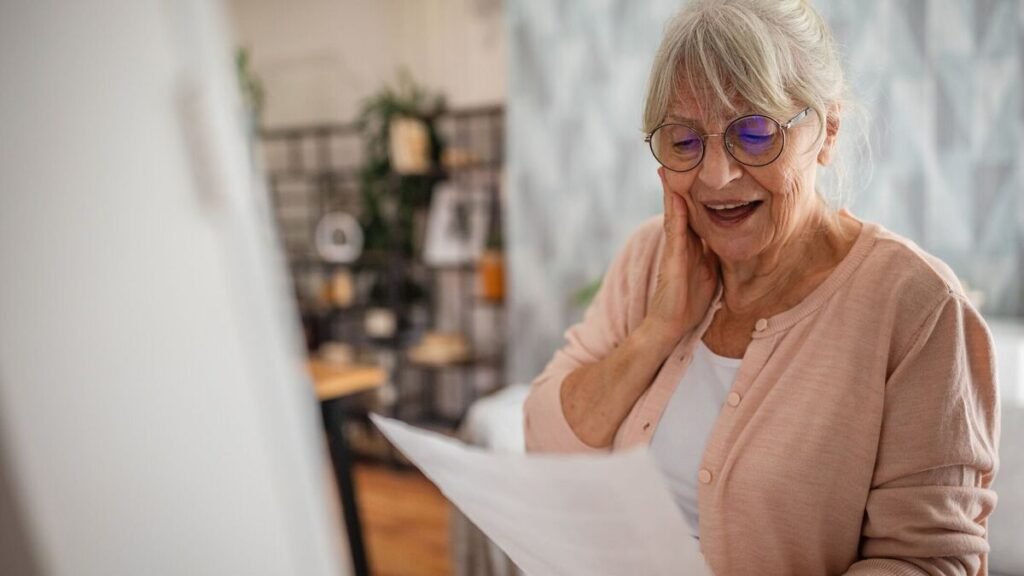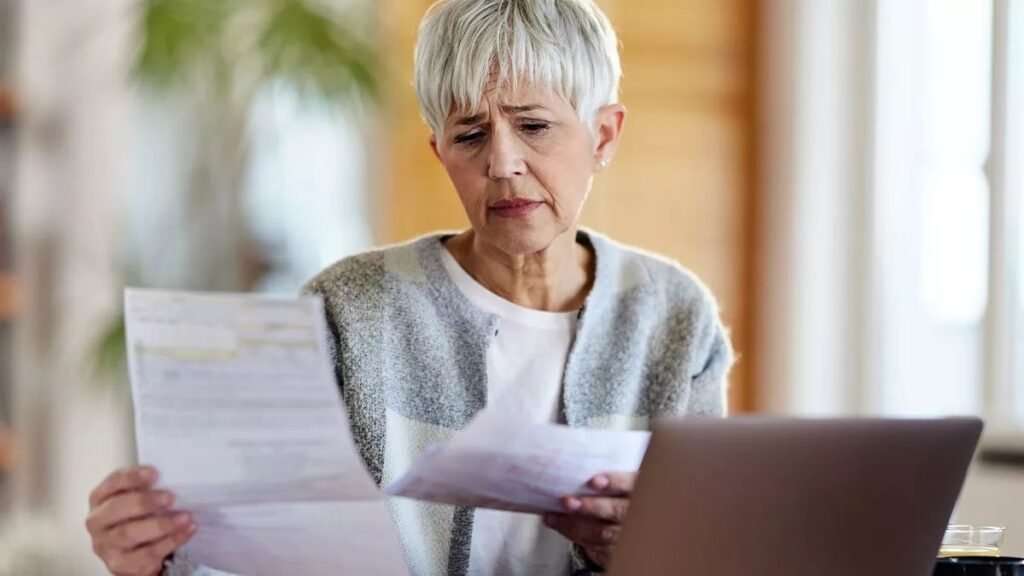If you’re a woman in your 60s or 70s, you could be owed a substantial chunk of your State Pension—and you might not even realize it yet. In a recent development, the UK government uncovered that hundreds of thousands of people—mostly women—were underpaid their State Pension because records didn’t properly include something called Home Responsibilities Protection (HRP).
HRP existed from 1978 to 2010 to make sure parents (mostly mothers) and carers didn’t lose pension‐qualifying National Insurance years while they were out of work looking after children or vulnerable family members. But in many cases, HMRC’s records failed to capture these credits—leaving people with pensions that were smaller than they should have been.
Who’s Affected?
Basically, we’re talking about women aged between 60 and 79—especially those who took a career break to raise children or care for aging parents between 1978 and 2010. Specifically:
- Women in their 60s and 70s.
- People who claimed Child Benefit but didn’t include an NI number before May 2000.
- Anyone already getting a State Pension or close to reaching pension age, who may have missing HRP years.
How Much Might You Be Owed?
This can be a game changer. On average, those affected are owed about £7,859 each—but for some, the sum is even larger, based on how many HRP years weren’t recognized. Here’s where things stand so far:
- Over 42,000 people have already received a combined £42 million in back payments.
- More than 370,000 letters have been sent out by HMRC, letting people know they might be entitled to more.
That’s a huge sum for someone living on a fixed income. Imagine what an extra few thousand pounds would mean—whether it’s helping with utility bills, topping up a pension pot, or enjoying a holiday.
How Did This Happen?

Let’s go back to the start. Between 1978 and 2010, HRP was a way to preserve National Insurance credits when people paused their paid work to take care of children or ill family members. But record‑keeping wasn’t perfect. Before 2000—when claiming Child Benefit didn’t require you to put in your NI number—some people missed out. Even after 2000, administrative errors or lost paperwork meant millions of eligible HRP years were never added to people’s pension records.
In 2022, HMRC and the Department for Work and Pensions launched the LEAP project—Legal Entitlements and Administrative Practice—to correct these records. They found hundreds of thousands of uncredited years and began the process of fixing them—and paying what’s owed.
How to Check If You’re Owed Money
You don’t have to wait for a letter. All you need to do is use an online tool that the government has provided. It checks your NI record for missing HRP credits. If the tool shows that you may be affected, you can apply to have your record corrected. Once that’s approved, the DWP will recalculate your pension and issue a lump sum payment for the missed years, plus a higher ongoing pension.
Timeline for Back Payments
DWP is working to make sure everyone receives what they’re owed by the end of 2025. The focus right now is on people who are close to, or already at, pension age—so you might see your own payment sooner if you’ve already started your State Pension.
Why It Matters
This isn’t just about money—it’s about fairness. Many of these women put careers on hold for decades to raise kids or look after loved ones. To now receive recognition—and the financial benefit—for those years is more than a payday. It’s a form of justice, acknowledging their life choices and the unpaid work that kept families—and the country—running.
That extra £7,859, on average, could make a real difference. Whether you use it to pay for heat, top up savings, buy a visit back home, or treat yourself to something special, it matters.
Real-Life Voices
Imagine two scenarios:
- Margaret, 72, retired early to care for her husband. She didn’t realize her HRP years weren’t entered into her record. She’s owed about £8,500—money she’ll use to cover rising energy costs.
- Susan, 65, took several career breaks to raise three children. After the LEAP project recalculated her record, she’ll receive a lump sum of £10,200 and a higher annual pension going forward.
Stories like theirs are encouraging thousands more women to check and claim.
What You Need to Do

If you’re in or near the 60–79 age range and lived in the UK between 1978 and 2010, especially if you took time off to care for children or others, take these steps:
- Use the official HRP check tool—you can find it on the government’s website. It’s secure and only takes a few minutes.
- Apply for corrections if you have missing HRP years.
- Keep records like birth certificates, school registrations, or any documents that show your time spent caring.
- Contact DWP if you have questions, need help applying, or want to include someone else’s case.
In Summary
- Many women aged 60–79 may have been underpaid due to missing HRP data.
- The average underpayment is around £7,859, with some people owed more.
- The DWP aims to pay everyone back by the end of 2025.
- Checking your NI record is simple and could unlock significant financial support.
- This is about more than money—it’s about recognizing decades of care and contribution.
Final Thought
If you’re in that age group, this is too significant to ignore. It could mean thousands in your pocket, higher monthly payments, and the satisfaction of seeing your sacrifices acknowledged.
Please check your HRP status today—you deserve every penny the government owes you.
Let me know if you’d like help walking through the check process or understanding what documents you need—I’m here to help!
FAQs
Q1. What is the £7,859 payment for women in their 60s and 70s?
This payment is related to underpaid State Pension amounts owed to eligible women due to historical errors in the pension system, particularly those who were married, divorced, or widowed.
Q2. Who is eligible to receive this payment?
Women born before April 6, 1953, who received less than their correct State Pension amount—especially those with little or no basic pension—may be eligible.
Q3. Why are only some women receiving this back payment?
The issue stems from incorrect automatic pension updates. Many eligible women didn’t receive the right pension after their spouse retired or passed away.
Q4. Do I need to apply to receive this money?
In many cases, the DWP is automatically reviewing and correcting payments. However, some women may need to contact the Pension Service if they suspect they were underpaid.
Q5. How much could I get if I’m eligible?
The amount varies by case. Some women are receiving average lump sums of up to £7,859, depending on how long they were underpaid.


